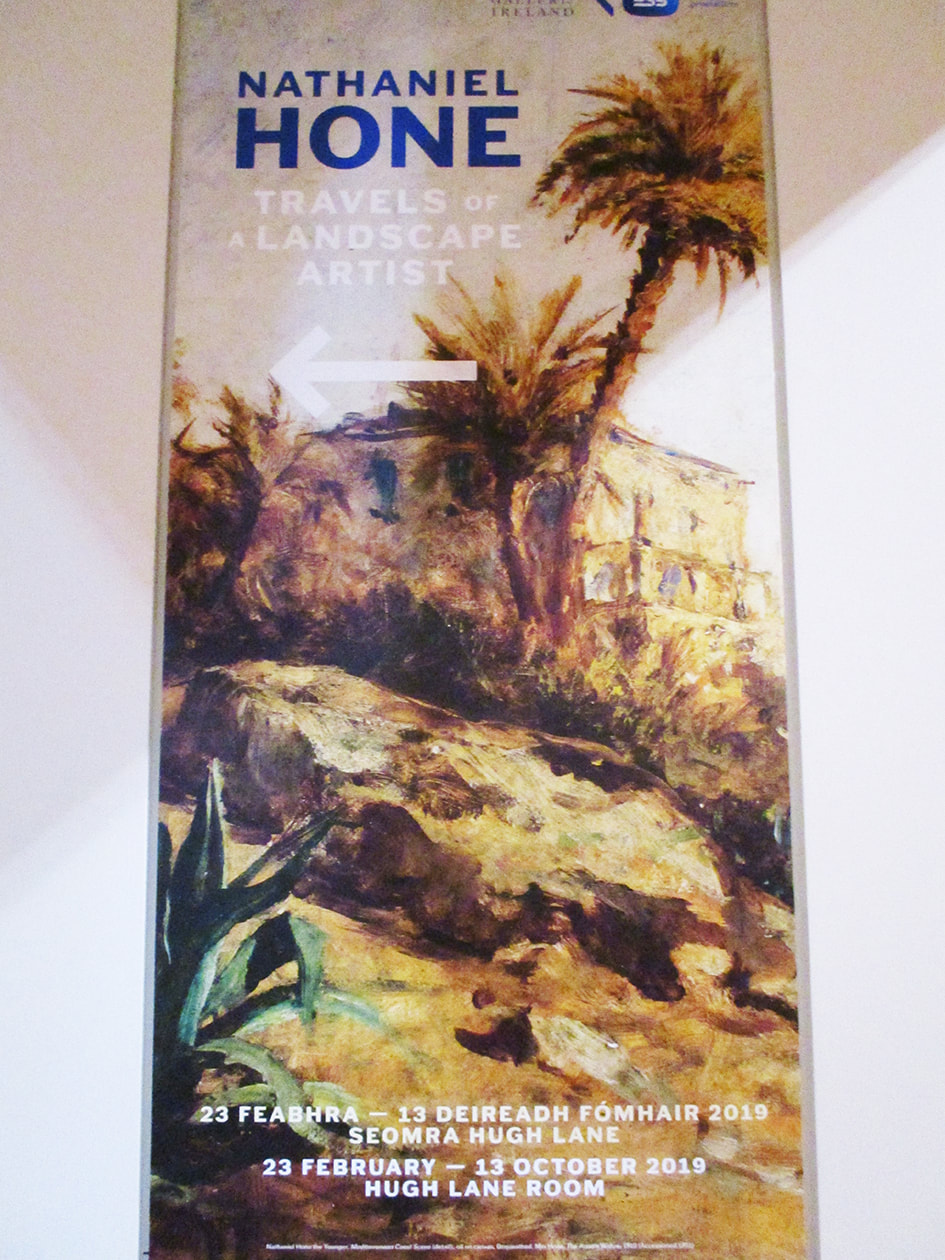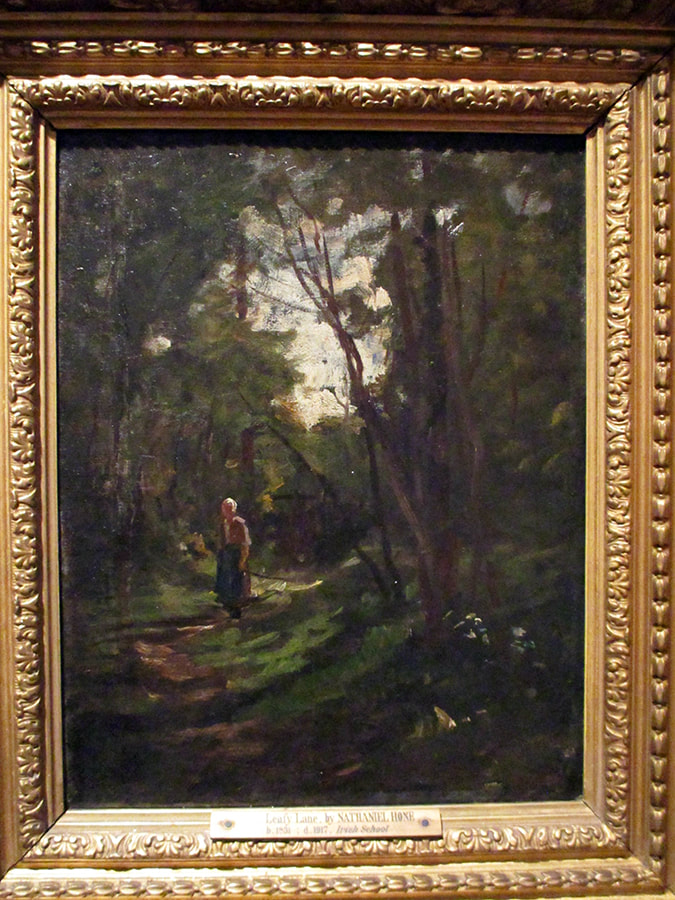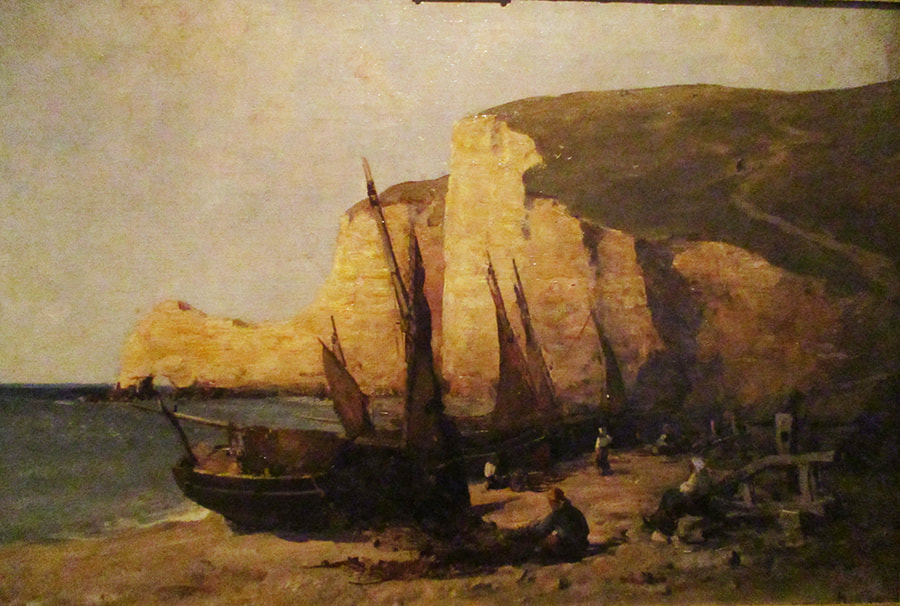“Nathaniel Hone: Travels of a Landscape Artist”“Nathaniel Hone: Travels of a Landscape Artist” at the National Gallery of Ireland presents 30 works by one of the most sigificant landscape artists in 19th century Irish art.
Hone was born in Dublin in 1831 into a prosperous family. At the age of 14, he enrolled at Trinity College Dublin to study engineering and upon graduation went to work for the Midland Great Western Railway. However, art was in Hone's blood. His great, great uncle, who shared the same name, had been a successful portrait painter in England. Since Hone had independent means, he left his job with the railway in 1853 in order to devote himself to art. To do this, he traveled to Paris, which had become the art capital of Europe. There, he studied in the atliers of Adolphe Yvon and Thomas Couture. At this time, the Paris art world was dominated by the Salon and a rigid system of academic painting. It is well known that a few years the Impressionists would openly rebelled against this system. However, there were already artists such as Gustave Courbet and the artists of the Barbizon School who were working in a looser style than the academic artists. Hone was greatly influenced by these artists. Hone did not return to Ireland for 20 years. During that time, he traveled around Europe and North Africa, painting what he saw. In 1872, he returned home to Ireland and married Magdadlen Jameson of the well-known distilling family. The couple settled in Malahide and Hone became an established landscape artist, exhibiting and teaching at the Royal Hibernian Academy. However, the Hone's continued to make trips abroad and Hone continued to paint what he saw. In this exhibit, we see some of the oil sketches, watercolors and paintings that Hone made during his travels. The style is very much like that of his colleagues in Paris - - the brush work is looser than contemporaneous academic painting but the color palette is more muted than that of the Impressionists. Perhaps the most interesting works are Hone's paintings of Etretat in France. This seaside village was in the process of transforming from a small fishing village into a popular tourist destination. Its beach front is marked by towering chalk cliffs and natural arches that have been carved by the sea. Hone's handling of these scenes is much more restrained than the series of paintings of Etretat done by Claude Monet a few years later. The paintings included in this exhibition are a small fraction of the National Gallery's holdings of Hone's works. When Hone died in 1917, his widow donated the contents of his studio to the Gallery. As a result, the Gallery has more than 500 of Hone's works and only one of those works was not included in the aforementioned donation. That painting, Pastures at Malahide, was donated by Hone himself in 1907. |
Above: Hone's "A Leafy Lane."
Below: One of Hone's views of Etretat |
Art review - National Gallery of Ireland - “Nathaniel Hone: Travels of a Landscape Artist”


